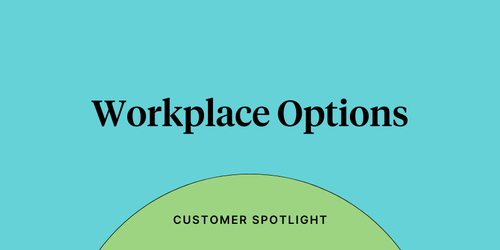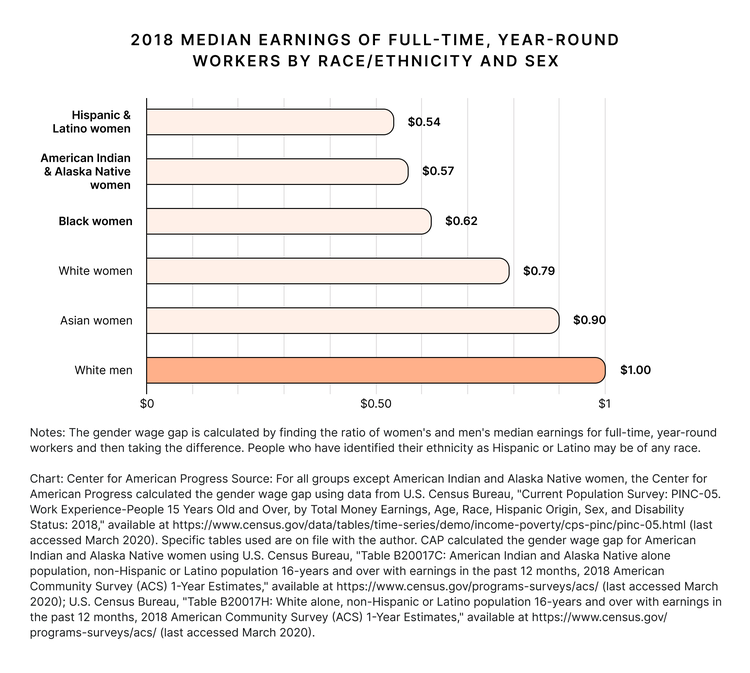
Article

Written by

Founder and CEO, Workflow
For diversity, equity, and inclusion (DEI) efforts to be truly impactful, we all need to better understand and apply the concept of intersectionality to our workplaces.
So what does intersectionality (coined by Kimberlé Crenshaw) mean? Here’s an answer from the “Explain Like I’m 5” subreddit:
If I’m a black woman, I have some disadvantages because I’m a woman and some disadvantages because I’m black. But I also have some disadvantages specifically because I’m [a] black woman, which neither black men nor white women have to deal with. That’s intersectionality; race, gender, and every other way to be disadvantaged interact with each other.
(u/Amarkov)
Intersectionality considers different systems of oppression, specifically how they overlap and are compounded. This is increasingly important because more companies are giving attention to DEI than ever, but often with a narrow, single-minded strategy: “We’re focusing on women first.”
This approach, while well-intended, might actually get in the way of progress. Maybe you’ve heard it in your organization, or you’ve even said it yourself . If so, it’s all right. Let's consider these moments a learning opportunity and unpack it.
Take, for example, a fairly prominent issue: the gender pay gap. You may have heard a statistic that shows women make approximately 72 cents for every dollar that a man makes. But that number doesn’t tell the full story.

American Progress found that Black women make 64 cents and Hispanic women 57 cents for every dollar paid to white, non-Hispanic men. In fact, the pay gap between white women and women of color is the fastest-growing wage gap, according to the Economic Policy Institute. But beyond pay gaps, this is about who gets hired, heard, promoted, supported, and everything in between, all the small and big things that add up to big inequities.
Thus, the singular focus on one identity – gender – can take away from solving the broader systemic problem. DEI work is about paying attention to the experiences of marginalized groups to correct collective biases and obstacles to ensure an equal playing field.
Just focusing on gender may end up only benefitting a subset of the population that already is further ahead.
Since women make up 50% of the population, the “women first” strategy might seem to make sense for senior leaders who prioritize DEI initiatives based on the pure number of people impacted. However the numbers-driven approach to DEI is just one part of the equation.
Imagine you’re a Black woman working for a company that touts, “We’re focusing on women.” You’re being implicitly told, “Sure, we care, but only a part of your identity, one that we are familiar and comfortable with.” Despite the good intentions, there’s an insidious implication behind the message – “Wait your turn. We’re helping the white women first.”
That’s what non-intersectional DEI work can often lead to. You can look no further than our own women’s rights movement in the U.S. to see examples of non-intersectional feminism. I’ve also heard from many women of color who don’t feel they’re being served by ERGs/women’s groups at their companies.
The “women first” trap is understandable, to an extent, and I want to make it clear - there’s no point in excessively calling out or shaming individuals. The truth is, “helping women” seems like the low-hanging fruit to many of us. It’s the more palatable, comfortable route. We live in a world where too many of us are still incredibly intimidated by talking about race, much less taking action to solve it, especially when it involves dismantling institutions and norms that have been in place for decades.
While many great DEI initiatives do start with small steps, asking people with multiple identities of marginalization to “wait their turn” contributes to further inequity. So, our efforts must be intersectional and deliberately focus on those on the fringes. Because unfortunately, a “focus on women” often becomes just white women. The key to remember: if we can remove the obstacles for those most unfairly held back by our society, then those in the middle automatically benefit, too.
By approaching our DEI work through a lens of intersectionality, we become more effective in fighting injustice. Once we understand that, we can then recognize problematic statements and attitudes such as: “I’m a woman, so I show up to all the women’s events, but it’s not my place to be an ally to people of color” or, “As a member of a racial minority group, I'm against the systemic oppression of people, but LGBTQ+ people don’t deserve the same rights as I do because of [some faulty logic].”
At the end of the day, being an advocate for workplace equity requires compassion, curiosity, and continual introspection. DEI is also an invitation to hear and learn more about others’ experiences and systematically examine the workings of our society, even if it feels pretty uncomfortable sometimes. Furthermore, it’s an ongoing conversation with yourself in understanding how your own multiple identities fit into the broader work toward progress.
So continue to advocate for women’s causes, LGBTQ+ issues, racial equity, disability rights, immigration, and more – but do it through the lens of intersectionality. With that, we can actually solve problems, not replace one with another, or just work on issues closest to our own hearts.
A version of this article was originally published on Medium. It has been republished and adapted here with permission.